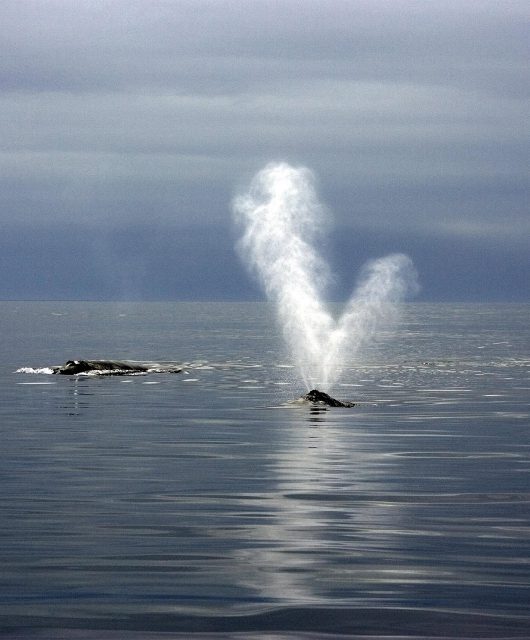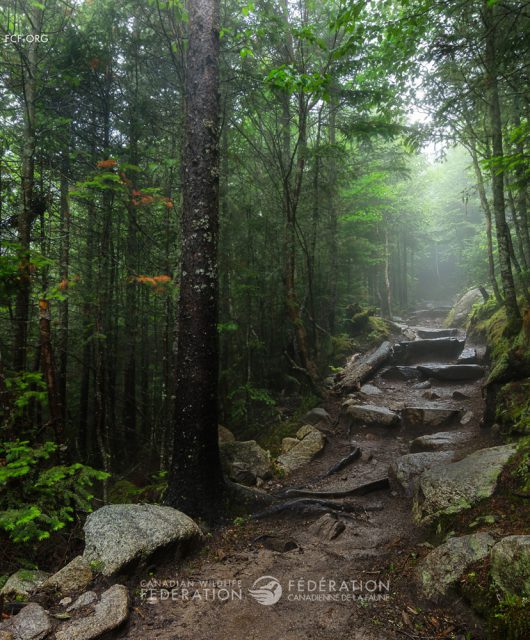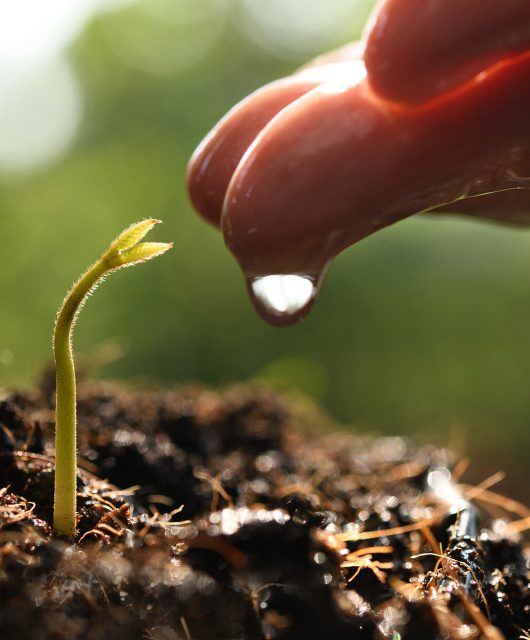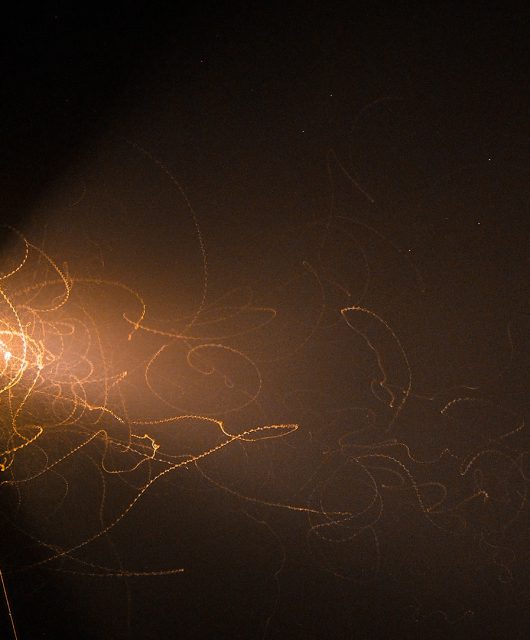Most people can identify the tell-tale orange and black patterns of a Monarch Butterfly, a staple species in Canada.
But did you know that this beautiful butterfly is also at risk? The Monarch is assessed as Endangered by the Committee on the Status of Endangered Wildlife in Canada (COSEWIC).
.
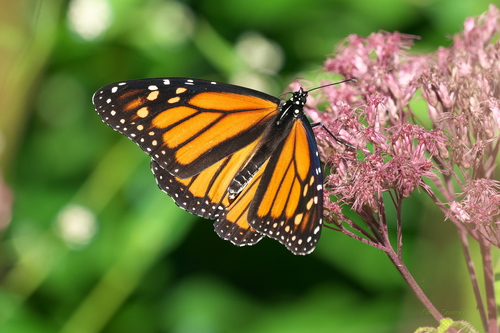
The Monarch Butterfly is a unique species which migrates annually from breeding grounds in southern Canada to its overwintering habitats in the south. There are two Canadian populations of Monarch: the western population, which breeds in B.C. and migrates to California, and the eastern population, which is distributed from Alberta to the Maritimes and overwinters in Mexico.
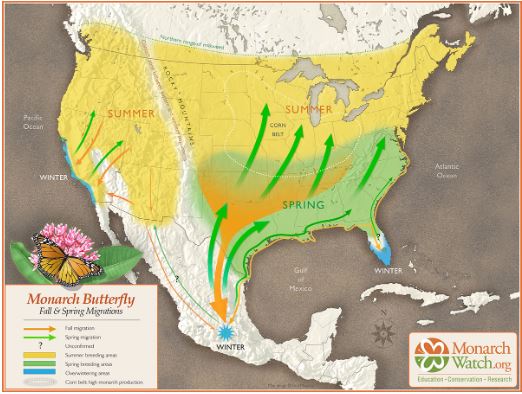
This impressive insect faces many threats and is in need of conservation action. In an attempt to discover more about the Monarch Butterfly in Canada, I reviewed the current data available on iNaturalist (a citizen science project that documents wildlife) to see if I could find any patterns or interesting information about this species at risk. Here’s what I found.
There have been over 13,000 observations of Monarchs in Canada on iNaturalist!
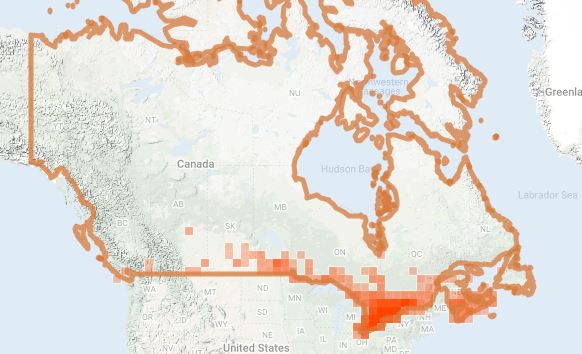
This is an amazing number of observations. Due to an exponential increase in iNaturalist observers over time, the number of observations of Monarchs in Canada have greatly increased over the years. As a potential result of this increase, the active season of the Monarch in Canada has been observed getting longer each year, with sightings as early as April and sometimes lasting into November.
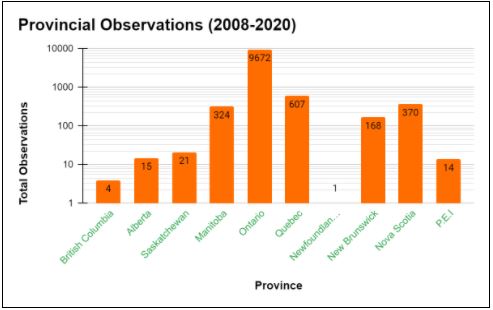
Some of the locations of observations were surprising, as Monarchs were sighted in areas outside of their normal Canadian range. One of the sightings was in Gros Morne National Park, Newfoundland. Yes, Monarchs crossed the Atlantic to reach the island of Newfoundland! Another Monarch was observed in northern Ontario near James Bay! The northernmost observation was near Edmonton, Alberta.
The number of Monarch observations in Canada weren’t as high in 2020 as they were in 2019.
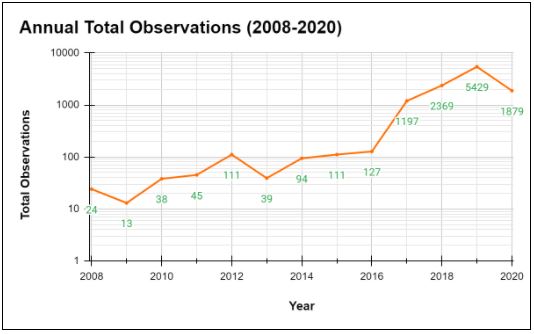
Comparing the number of observations from January to mid-September for 2019 and 2020, there are about 1,000 fewer observations in 2020. This defies the general trend of increasing observations annually, begging the question if 2020 was not a great year for the Monarch.
How To Help
There are many ways you can help the Monarch and help monitor this species. You can start by further educating yourself, as there are many resources available to you online including Hinterland Who’s Who, Monarch Watch, Monarch Joint Venture, Journey North, and Mission Monarch.
Monarchs depend on milkweed plants to lay their eggs on and feed them in their caterpillar stage, so planting local species of milkweed is an action you can take to help the Monarch. You can also plant other native wildflowers that produce nectar for the adult Monarchs to feed on.
Check out our blog on how to create your own mini Monarch meadow! Want to contribute to science? You can by documenting your observations of Monarchs using iNaturalist.

